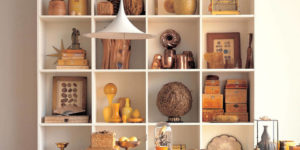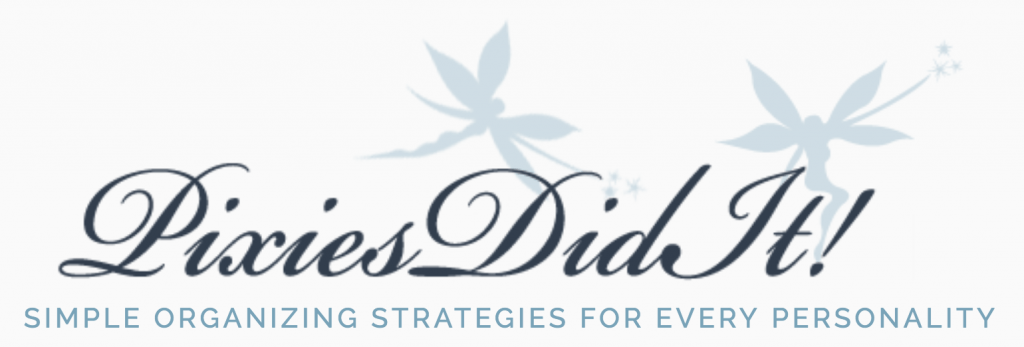If You Don’t Want to Be Labeled a Hoarder: Curate Your Collections
 There’s a fine line between hoarding and collecting, but there’s nothing inherently wrong about surrounding yourself with objects, antiques, and tchotchkes that make you happy. BUT. And there’s always a big but when organizers say it’s okay to keep stuff others might deem junk. The key to not crossing the line into hoarding is to curate and display the objects so they look purposeful, they coordinate with your home, and they actually HAVE a home.
There’s a fine line between hoarding and collecting, but there’s nothing inherently wrong about surrounding yourself with objects, antiques, and tchotchkes that make you happy. BUT. And there’s always a big but when organizers say it’s okay to keep stuff others might deem junk. The key to not crossing the line into hoarding is to curate and display the objects so they look purposeful, they coordinate with your home, and they actually HAVE a home.
If you’re collecting vintage posters, then their home should be on a wall. If you’re into pottery, then they need their own shelf. The same way you store your dishes in the same place — like with like — do with your collections, except don’t hide them! Spoons need a spoon display rack, vintage glassware needs a cabinet or shelf. This might seem like a no brainer, but too many times when we’re hired to declutter, our clients have relegated their prized collections to old moldy boxes. If you’re a collector, then you’re going to need to use all of your vertical space. That means all those original cartoons need to take up the whole wall from floor to ceiling.
How do the different types collect differently? Classics tend to go traditional, with paintings, spoons, china, hummels or other porcelain figures. Your trouble is usually lurking in boxes in the basement, attic or garage or not using all of your vertical space if your collections have outgrown their original home.
Organics tend to border on the hoarding line more than any other type because they collect things organically — that candy dish their beloved grandmother gave them, framed photographs given to them by well meaning friend, and all those little tokens that have meaning to them. Your collections are connected by what they mean, not by how they match, and so the result can look more cluttered than cultured. The trick is to do things like buy new frames that match for all your photos, or paint the existing frames the same color. Use your natural aesthetic to organize your tchotchkes by their physical similarities rather than by your sentimental attachment to them.
Smarts can use some of the same principles we suggest for Organics and will find that their collections look more unified, but when it comes to books, we know all bets are off. Try to keep only hardcovers in the public areas of your home, and within subject, try to organize by book size so visually your library will look more cohesive. And yes, floor to ceiling bookshelves are a must. Never do a dewey decimal type system as you are too visual and your library is less a reference than a monument to all the books you’ve read. Yes you ARE smart.
Funs? Most traditional and untraditional collection curating techniques will work for you, so depending on all the souvenirs you’ve gathered from the adventure that is your life, follow our tips for Classics, Organics and Smarts and you’ll do just fine. Or completely ignore us as is your due because there are much more fun things to be doing with your time than curating collections!
